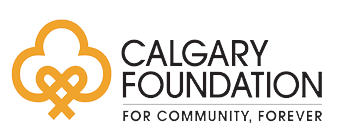Part 1: Blackfoot Skies
Watch the 20-minute film guided by Blackfoot Elders and created with TELUS Spark by an all-Indigenous cast and crew. It is an adaptation of Wolf Trail (Milky Way) stories that originated in the Blackfoot language and have been told for thousands of years by the Niitsitapi. It tells of a time, many moons ago when humans were starving, and it was the wolf ancestors that guided humans back to a life within the circle, to live in reciprocity with the Land and animals.
Time: 45-minutes including introduction and debrief
Equipment: Screen and Projector
Done assembly-style with all participating classes
Learn more about Blackfoot Skies

